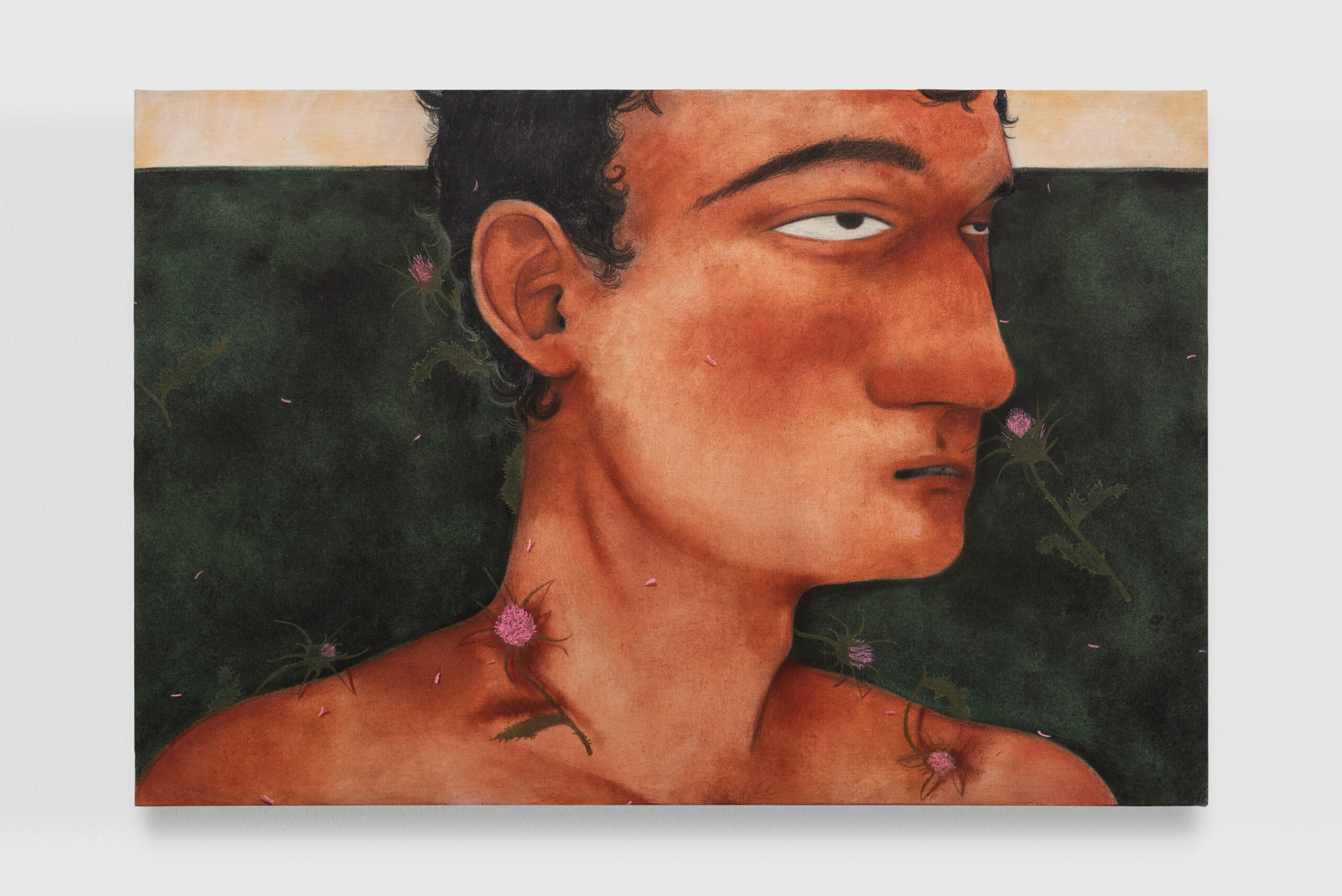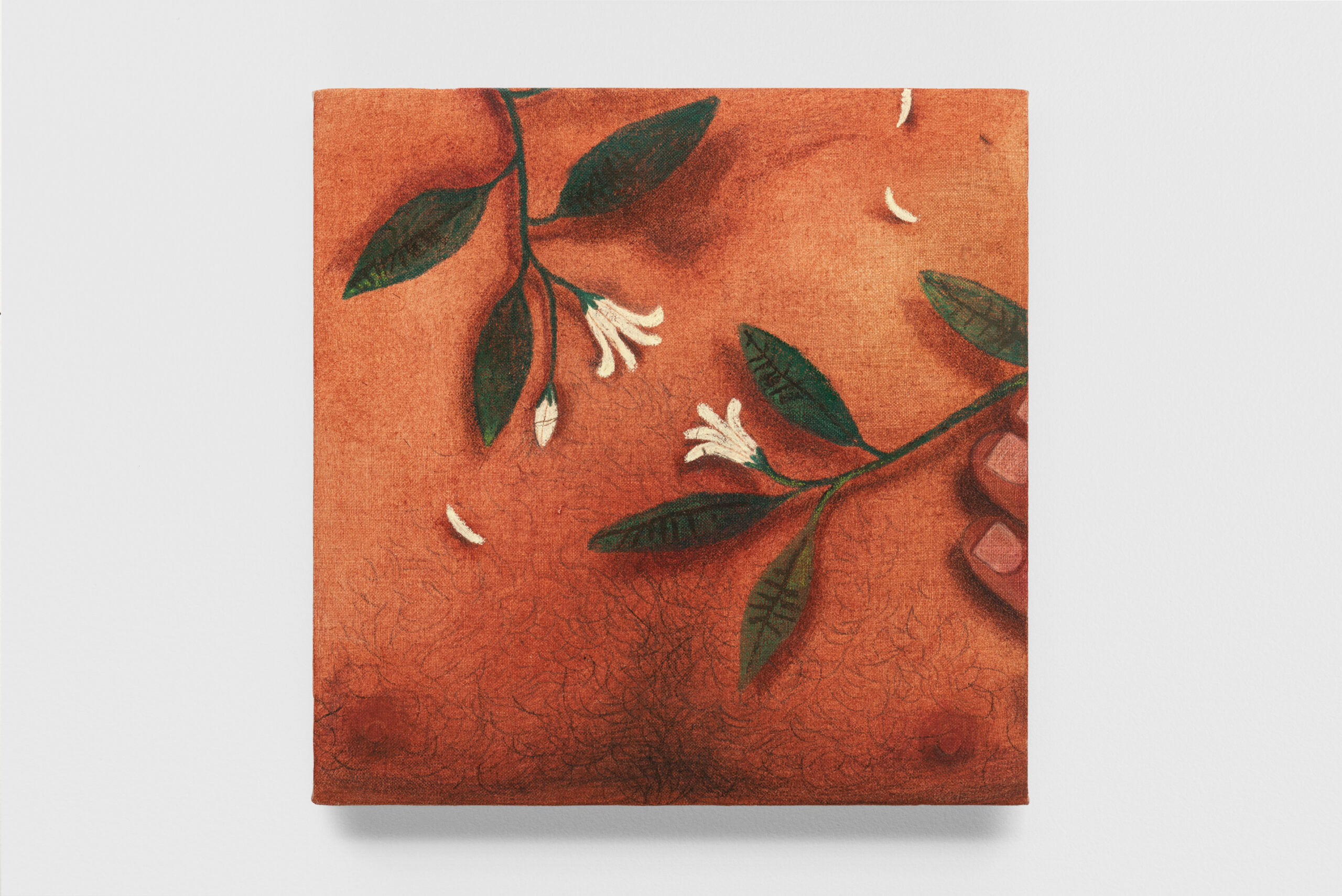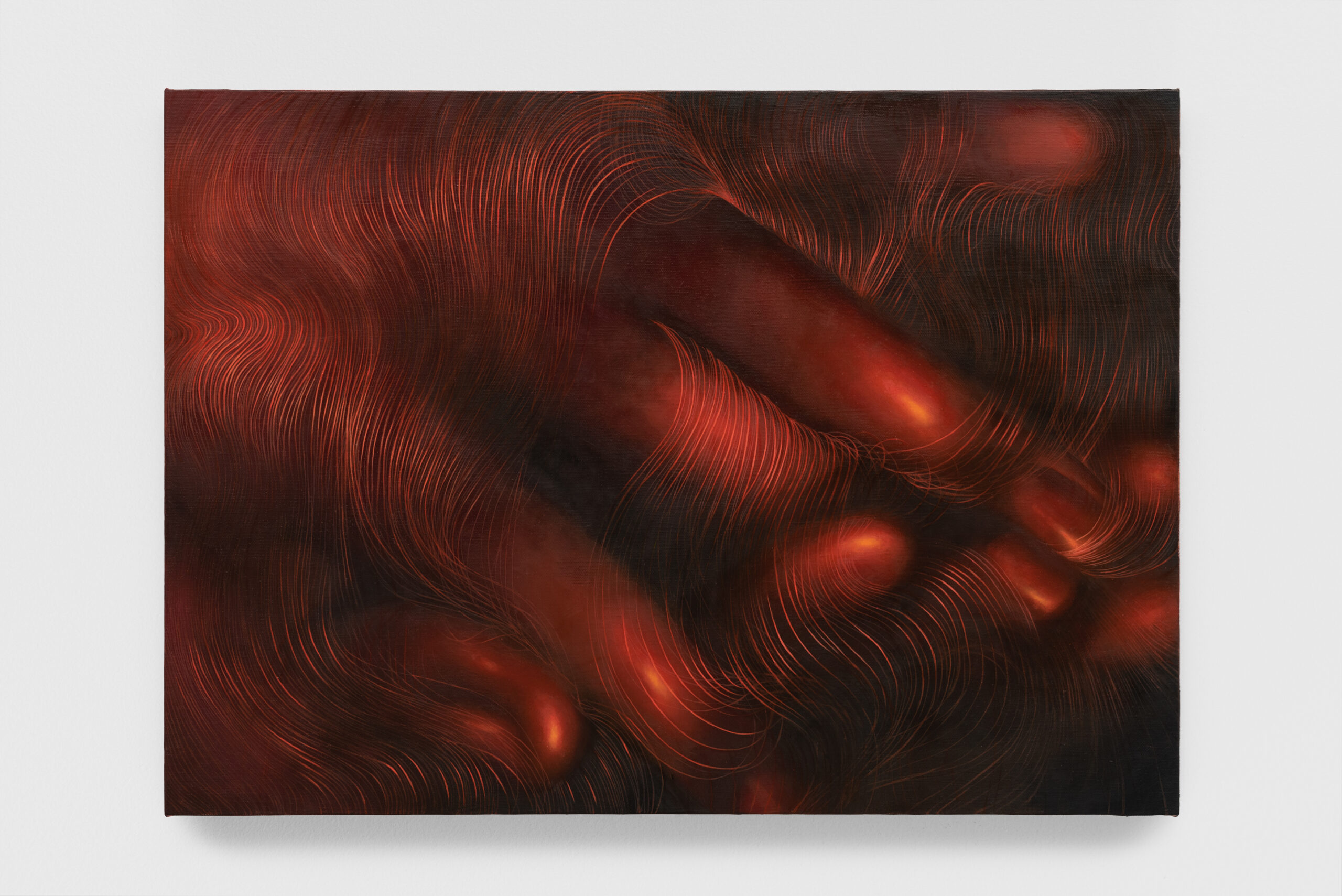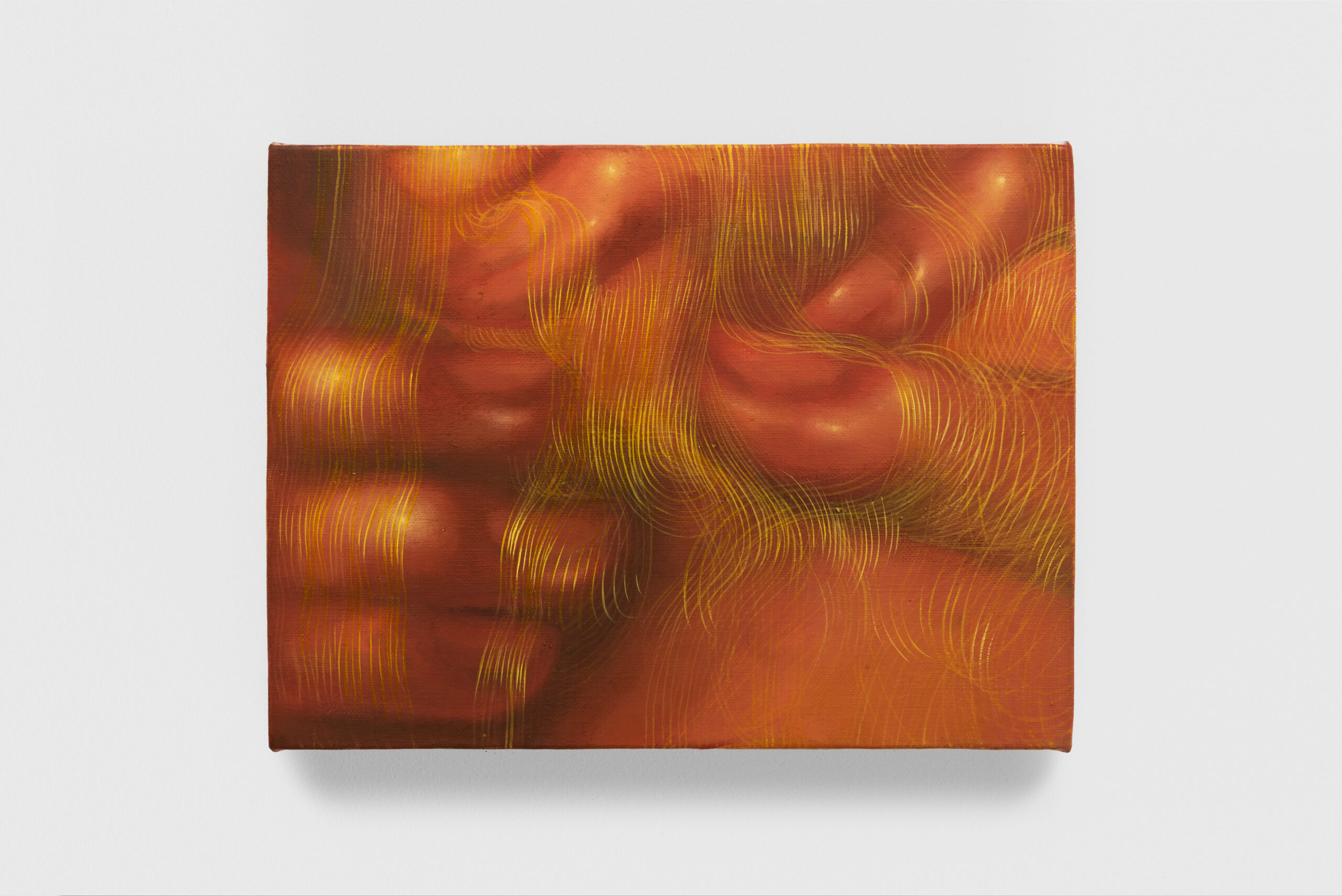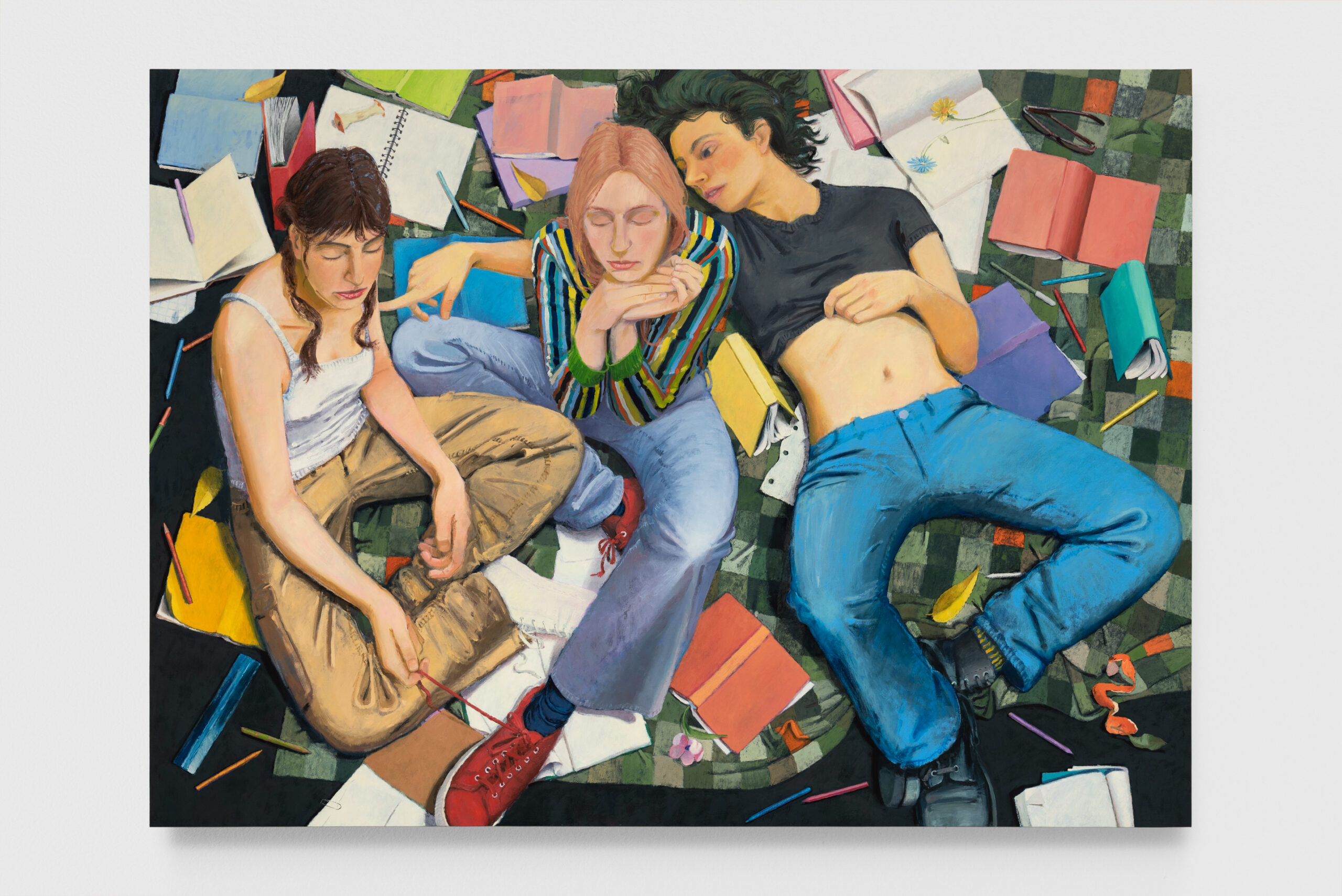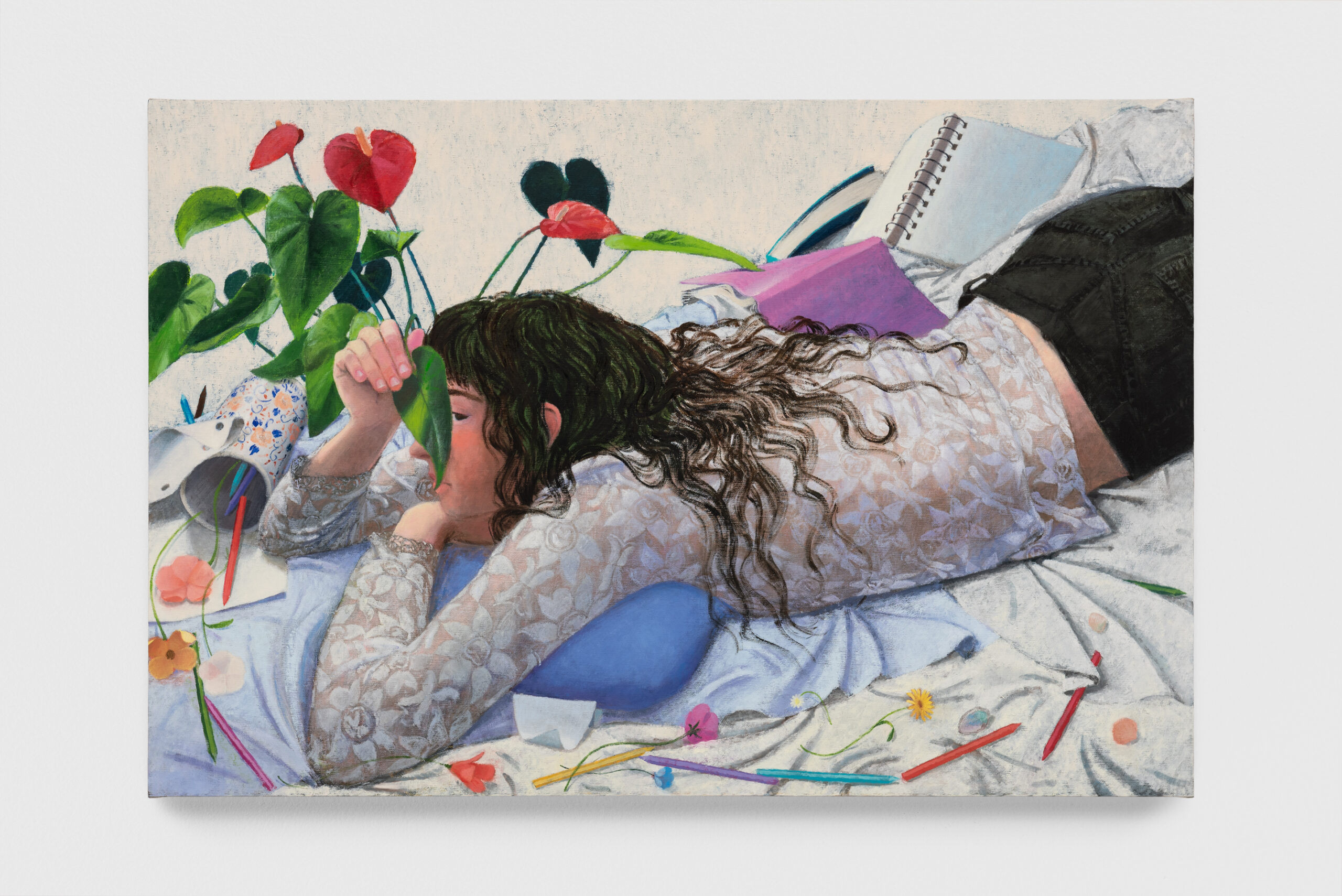OR THREE WAYS OF PUTTING THE SAME THING
Martina Cassatella, Roberto de Pinto e Emilio Gola
Curated by Antonio Grulli
9 French Place,
E1 6JB London
29th June – 13th July, 2023
Inaugurating 29th June, from 3 pm until 10 pm
ArtNoble Gallery, hosted by BeAdvisors Art Department in London, is pleased to present under the format ‘SuperPreview’ Or three ways of putting the same thing, a group exhibition with works by Martina Cassatella, Roberto de Pinto and Emilio Gola, curated by Antonio Grulli.
Three ways to say the same thing. Three ways to say painting. This is what this exhibition is about.
There is nothing more electrifying than a new generation emerging, bringing new forms, new feelings, and cleaning up everything that is no longer able to speak. In recent years, Italy has witnessed a veritable new wave of extremely gifted young painters. We can speak of a renaissance of painting. They are artists – divided into groups scattered throughout the various centers of the peninsula – up-to-date and aware of the most interesting international painting research, but at the same time devoid of any sense of inferiority to what is happening abroad. And they are carefree and proud continuers of our country’s painting tradition.
Here, then, are three young painters, based in Milan, presenting themselves on the London scene after exhibitions held over the past year in Italy and abroad. They are Martina Cassatella (b.1996), Roberto de Pinto (b.1996) and Emilio Gola (b.1994). They met at the Brera Academy of Fine Arts in the Lombard capital and have been sharing a studio ever since. Although each of them has already matured a precise and peculiar style, the three are united by a common spirit and by themes rooted in the bodies and poses of anatomy, between self-discovery, the creation of one’s own character, and the desire for encounter.
I find it magical how both painting and Italian painting are capable of unexpectedly arising and resurfacing in ways that are always new and fresh; you might think it’s the end of a glorious road, and then someone comes along, opens a little door, and a new, unexplored vast continent of possibilities opens up. Enjoy the journey.
(Antonio Grulli)
MARTINA CASSATELLA (SAN GIOVANNI ROTONDO, 1996)
Born in San Giovanni Rotondo (Puglia) in 1996, Martina Cassatella currently lives and works in Milan. In 2021 she received her Master’s degree in Painting from the Brera Academy of Fine Arts.
Martina Cassatella’s works are paintings of shadow traversed by light: strong gleams emerge from the dark, like in the dark the flame of a candle, and in the dark hair-thin filaments chew through the darkness, becoming a curtain on the beyond that blinds.
Like gently plucked strings, from the hands the threads are knotted and woven with the grains of light, traversing a fictitious loom, like Penelope and the women of mythical Greekness, or Moire wrapping and spinning the destiny of men.
In Christian and Orthodox icons, as in Buddhist mudras, the position of the hands is maieutic: they guide and suggest with their own language. The female archetypes of virgin and vulnerable goddesses, or the madonnas of Christianity offer hands for guidance and comfort in gentle embraces. Thus, Cassatella’s paintings featuring hands invite one to go beyond, in an act that is pristine and poetic, albeit dense with terror.
The principle of vision, of the dazzle of the miracle, of the apparition that immobilizes and unsettles and which travels through the entire pictorial work, awakening the memory of the moment of birth in which the inside is welcoming and complete, and instead, what awaits outside is unknown, perhaps frightening.
Sacred images provide a glimpse of eternity, filling oneself with that strange wonder one has when faced with things that are not human, alien and supernatural, yet so human that they reappear in the form of imago, ancient and unconscious as myths and legends. In contrast in folklore one breathes in the smells of the below, of the deepest possible interior and filth that crawls like Japanese yokai, and of the darkness that clings to man in everyday mysteries.
Martina’s paintings stand at the moment of the collision between the two, in the pain of limbo, both sweet and sour, and appear as spyholes between the dark cave and the reality of the dazzling outside. But the gaze is mostly from within, like energy that shines and tenderly encloses.
ROBERTO DE PINTO (TERLIZZI, 1996)
Born in Terlizzi (BA) in 1996 and raised in Molfetta, Roberto de Pinto currently lives and works in Milan. In 2021 he received his Master’s degree in Painting from the Brera Academy of Fine Arts.
Summer heat and geographic motifs urge the characters immortalized in Roberto de Pinto’s works to take off their tank tops, to be in their swimsuits, to uncover their skin, which, naked and imperfect, is exposed to the sun’s rays: rough and sweaty, it burns and colours itself with argillaceous earths, it stains with charcoal; the reds and blacks of the figures of ancient vases.
At the center of Roberto de Pinto’s practice is a body, a self-portrait that becomes the spokesperson for a very precise identity: Mediterranean-ness, with all its baggage of sen suality, more precisely virile, uninhibited and contaminated.
Climate, territory, history, rural and popular culture as shadows are cast on each figure in de Pinto’s paintings, always generating different narratives. His painting style is entrusted to the encaustic technique, which constitutes a fundamental part of the work. Wax, mixing with pigments, earths and charcoal creates a coating that is similar to the surface of a frescoed wall, refined by time.
EMILIO GOLA (MILANO, 1994)
Born in Milan in 1994 where he still currently lives and works, Emilio Gola earned a Bachelor’s degree in Architectural Design at the Polytechnic of Milan and later obtained a degree in Painting at the Brera Academy of Fine Arts.
Gola’s painterly practice is one that happened by itself. Three bodies tangle, mingle, and melt together in a search for balance, taking on informal, disorderly poses in a continuous exchange of roles. Life drawing is the paradigm within his paintings, managing to capture all the freedom given to the models whilst they pose. By letting others play, with only the intrusion of the artist’s eye drawing on the canvas, the scenes come to life amidst the precious contrasts between playing and boredom. Found objects, which chaotically inhabit the
studio where Gola works, complete the composition of his works: they multiply endlessly, becoming a formless heap that envelops the characters, to such an extent that the difference between bodies and objects becomes blurred.
For Gola, painting is an image of the struggle between self-definition and dematerialization of everyday reality. Objects and bodies are always balanced in a tension between organic and inorganic, making it easy to recognize oneself in the noisy blob of jagged flesh along with its extensions. It is not so much the shoe or the book in its singularity, but what that object provides to man for the definition of the self. It is the song of those who try to define their role through things or others, thrown into a search for meaning that is repeated in endless combinations and personalities.
Gola’s paintings create an atmosphere that is both drowsy as it is frivolous, and refer to a mysterious and timeless moment, not outlining any defined place as the theater of the scenes. It is the paintings themselves that define the space, made up of continuous changes of register, alternating thick paint with chalk, along with layers of pointed as well as softer masses of color.
In addition, Emilio distorts the typical function of utensils that do not belong to traditional painting, such as knives, wire mesh transformed into stencils or plastic packaging that become stamps of expanses of confetti. Like a jigsaw puzzle, the paintings come to life: a reflection of the playful and tumultuous painterly work, in search of new forms and procedures, and which travel in parallel with what happens to the subjects, who are always engaged in finding a new way to experiment.
ARTNOBLE GALLERY
After an initial period of itinerary exhibitions curated in locations throughout London, Matthew Noble established ArtNoble gallery in the city of Milano in April 2021 with the aim of providing a programme dedicated exclusively to the research of the most talented emerging artists.
By focusing entirely on artists of a younger generation, the gallery is able to offer a programme which reflects upon themes and issues of present times via the artists and exhibitions presented, with the ultimate focus of becoming a catalytic bridge between Italy and the international art market in order to create ever new intersections, as well as new and continuous encounters with the emerging protagonists of contemporary art.
ArtNoble gallery is located in Milan’s north-eastern, post-industrial neighbourhood of Lambrate. Formerly a warehouse, the 180-square-meter basement space of the gallery still retains its original industrial elements, characterizing the place in a unique and recognizable way, thanks in part to the presence of a long glass window that occupies almost the entire entrance wall.
CONTACTS
ArtNoble gallery
Via Ponte di Legno 9 – Milan, 20134
+39 324 997 4878
+39 333 565 0565
www.artnoble.it
Address:
ArtNoble gallery hosted by BeAdvisors Art Department
9 French Place, London – E1 6JB
Inaugurating:
Thursday 29th June, 3pm – 10pm
Opening hours:
Friday 30th June – Thursday 13th July
Open by appointment only
To book an appointment:
ArtNoble gallery:
info@artnoble.co.uk // +44 753 202 3805
BeAdvisors Art Department:
info@beadvisors-art.co.uk // +39 346 031 2143

